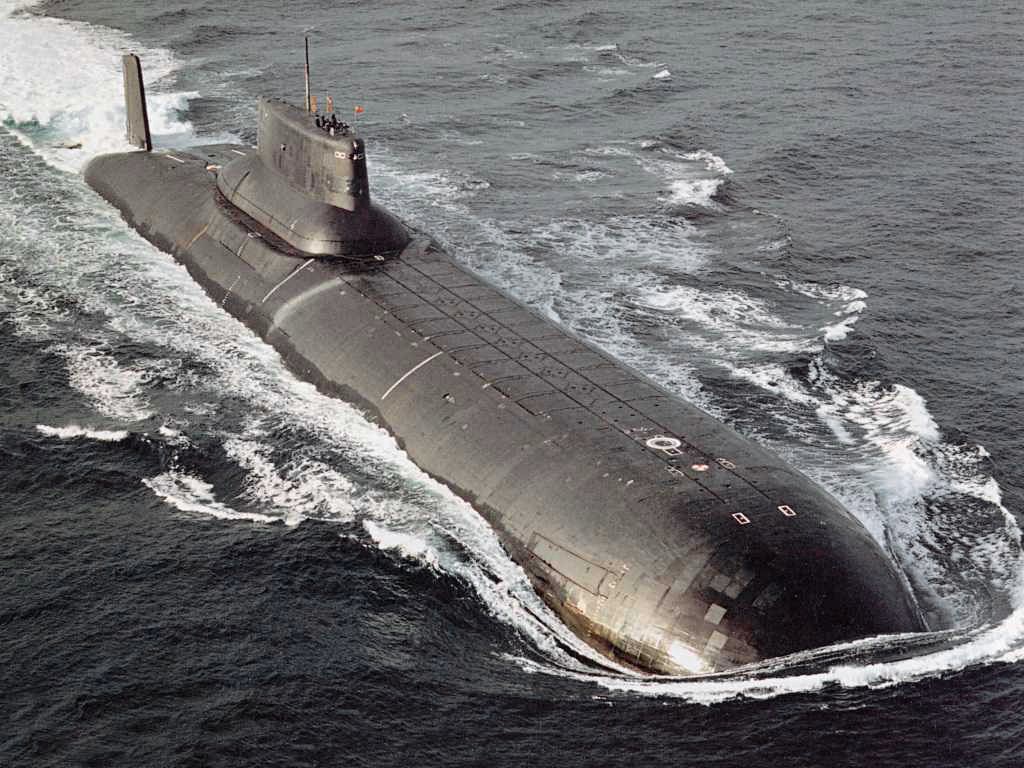 BBC News
BBC NewsBorrowing was £17.4bn last month, the second highest October figure since monthly records began in 1993.

Finito World
As Sir Keir Starmer unveils the most consequential defence review in a generation — including £15 billion for Britain’s nuclear warhead programme and the construction of up to 12 nuclear-powered submarines — a curious paradox emerges: in this new age of insecurity, it is the prospect of employment that may prove the most stabilising force of all.
The political language has shifted. “Our outstanding submariners patrol 24/7 to keep us and our allies safe,” says Defence Secretary John Healey. But it’s what follows that catches the eye: “…while delivering on our plan for change with 30,000 highly-skilled jobs across the country.” The missile is now also a metaphor: not just a deterrent, but a tool of industrial regeneration.
The UK has pledged to raise defence spending to 2.5% of GDP by 2027. This is not without strategic merit: NATO’s eastern front is restive, and the alliance is demanding more from its members. Yet this commitment, which once seemed ambitious, is already being outpaced. “2.5% is old news,” Lithuania’s defence minister told the BBC this week. “3.5% should be the bare minimum.” Donald Trump — never a fan of European freeloading — agrees.
But for all the talk of ratios, readiness, and rivalry, the real question for Britain is this: can defence spending be more than a geopolitical necessity? Can it be a domestic opportunity?
During the last government, Finito World interviewed then Defence Secretary Grant Shapps, who framed defence not only in terms of security, but skills. “We’re not just building equipment,” he said. “We’re building careers. Every drone produced, every missile manufactured, every submarine designed is an investment not just in national security but in national capability.”
At the time, Shapps highlighted that the UK’s defence sector supports over 400,000 jobs, contributes around £10 billion in exports annually, and touches nearly every region. He spoke of defence as “a fusion of tech and tradition” — a place where the steel of Barrow meets the algorithms of Cheltenham. That framing now seems prophetic.
Indeed, the government’s submarine partnership with the US and Australia (SSN-AUKUS) alone is expected to support 21,000 jobs over the coming decade. Missile production contracts with BAE and MBDA are creating new jobs in Bolton and Stevenage. Drone manufacturing is expanding in Wales. And the supply chain behind all this touches apprenticeships, SMEs, universities, and research parks nationwide.
But jobs do not appear from blueprints. This is where the employability challenge begins. Technical education in Britain still suffers from fragmentation. Careers guidance remains inconsistent. And the STEM pipeline continues to leak talent — particularly among girls, minorities, and students from lower-income backgrounds.
If the defence renaissance is to be real, it must be inclusive — and it must start early. The government’s promise of 30,000 jobs will mean little if those jobs remain invisible to the people who need them most.
There is also the spectre of short-termism. Britain has a habit of making bold industrial pronouncements only to quietly abandon them: one recalls the aborted industrial strategies of the last decade, or the whiplash of recent green policy U-turns. Defence must not fall victim to the same.
This is a long game — both geopolitically and economically. The Cold War showed how military innovation can drive civilian technology (we owe GPS, the internet, and even microwave ovens to it). The opportunity now is to design a defence economy that does more than secure our borders. It could renew our industries, restore forgotten towns, and retrain the workers of tomorrow.
In short, the challenge is not just to build submarines — it is to build confidence. Not just to fund missiles — but to forge meaningful careers.
Amid the noise of international politics, that quieter project may yet prove the most enduring.
Photo credit: Bellona Foundation